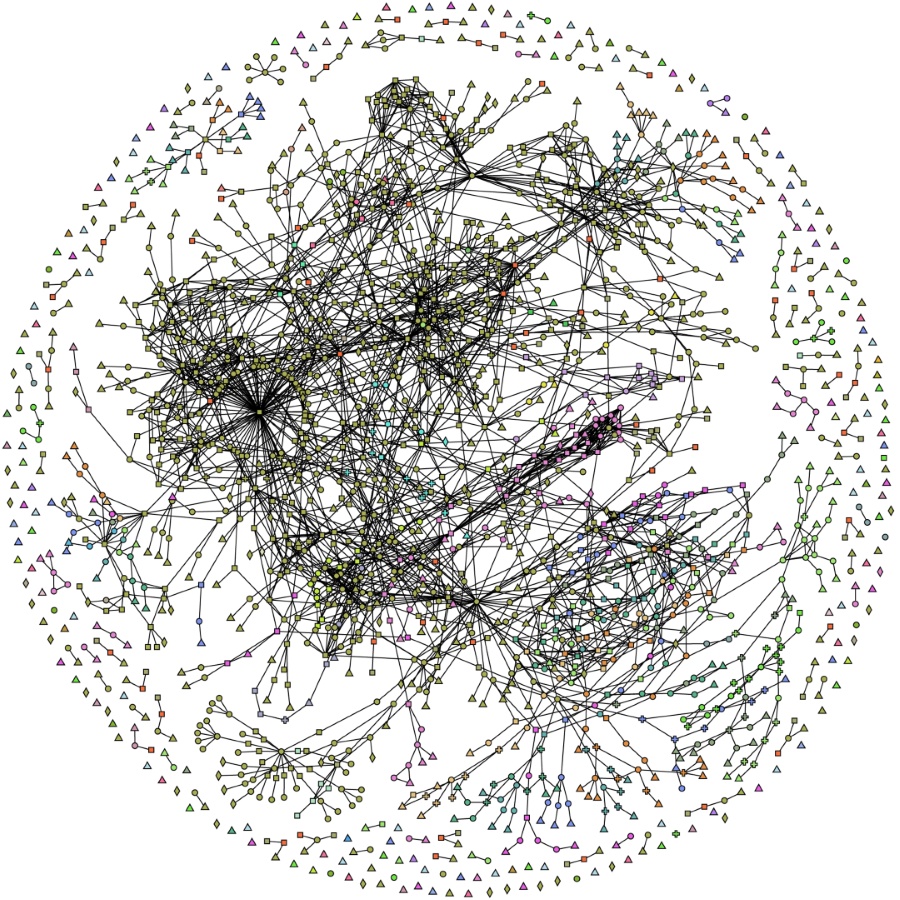
Brook Papau
Chief Executive Officer
Did we just invent fire, or something else?

Brook Papau
Chief Executive Officer
“Any sufficiently advanced technology is indistinguishable from magic.” – Arthur C. Clarke
In November of 2022, OpenAI launched ChatGPT and the world changed. The ability for large language models (LLMs) to understand and interpret natural language seemed like magic. Over the next several months, additional models emerged from other firms that offered increasingly mind-blowing demos, now with pictures, art and video. Collectively, we call these models artificial intelligence (AI).
The psychological impact on American business was profound and I would wager nearly every board room in America had a discussion on how AI would affect their business. It was certainly the topic of a lively discussion at Orennia’s board meeting directly following the ChatGPT launch. Our conclusion might surprise you.
First, let me take a step back and share what Orennia actually does. We are a technology company in the data and analytics space that focuses on the energy transition. Our mantra is to accelerate the energy transition by helping our clients increase investment returns on their energy transition, by leveraging world class data and analytics. This creates a virtuous cycle where higher returns on investment incentivize further investment that will reduce emissions and mitigate climate change.
We collect data from hundreds of sources and develop value-add proprietary analytics ranging from project data to time series forecasts. We’ve curated hundreds of terabytes of information that our client’s access to quickly adapt to an ever-changing competitive landscape.
So, you can imagine in late-2022 we were understandably very interested in what a system seemingly capable of understanding meant for our business. To answer that question, ironically, we, mere Orennians, needed to understand: Did OpenAI just invent something akin to fire, or was it something else?
And this was our surprising conclusion: LLMs, like ChatGPT, are another form of user interface for information and ultimately answers. More like your monitor, keyboard, mouse, touchscreen or even search.
That insight opened a world of possibilities for Orennia because it meant if we could harness this new interface, we could offer unique and powerful solutions and information to our clients. Historically, product category winners were those whose user interfaces best harnessed the mouse or touchscreen or search. I strongly believe the best platforms of the future will be those that fully embrace AI, and that is central to Orennia’s product strategy.
We moved quickly and our enterprising staff had a demo working within two weeks that was essentially a GPT-wrapper around our written research. While interesting, we knew it was low hanging fruit, so we dug deeper.
Next, we developed a “productized” data orchestration pipeline that can be used repeatedly. The graphic below is a map of Orennia’s complex data orchestration and proprietary analytics engine. We’re now able to pipe thousands of documents into an LLM model, including web crawlers, and ask it questions. Our testing indicates it’s more accurate than a human doing the work, and 99.9% faster – a true breakthrough. Today, there are thousands of datapoints in our platform that were discovered using AI. That data would not be possible without AI and it provides a far richer experience for our clients.

Map of Orennia’s complex data orchestration and proprietary analytics engine
What we’re currently working on is even more groundbreaking and represents a material advancement in how our clients interact with our data and analytics. Without giving away the surprise (expect more from us on that soon), I believe it’s an equivalent ease-of-use update akin to the step change seen when moving from the command line user interface (keyboard) to a graphical user interface (mouse).
The promise of technology is to do more with less. Most of the time progress is steady, but November 2022 was a step change. We didn’t know what it was at first: fire or the new mouse? That picture is becoming clearer, and we are incredibly excited at what it means for Orennia. For us, AI is something we can harness to provide dramatically better technology to our users.
Data-driven insights delivered to your inbox.